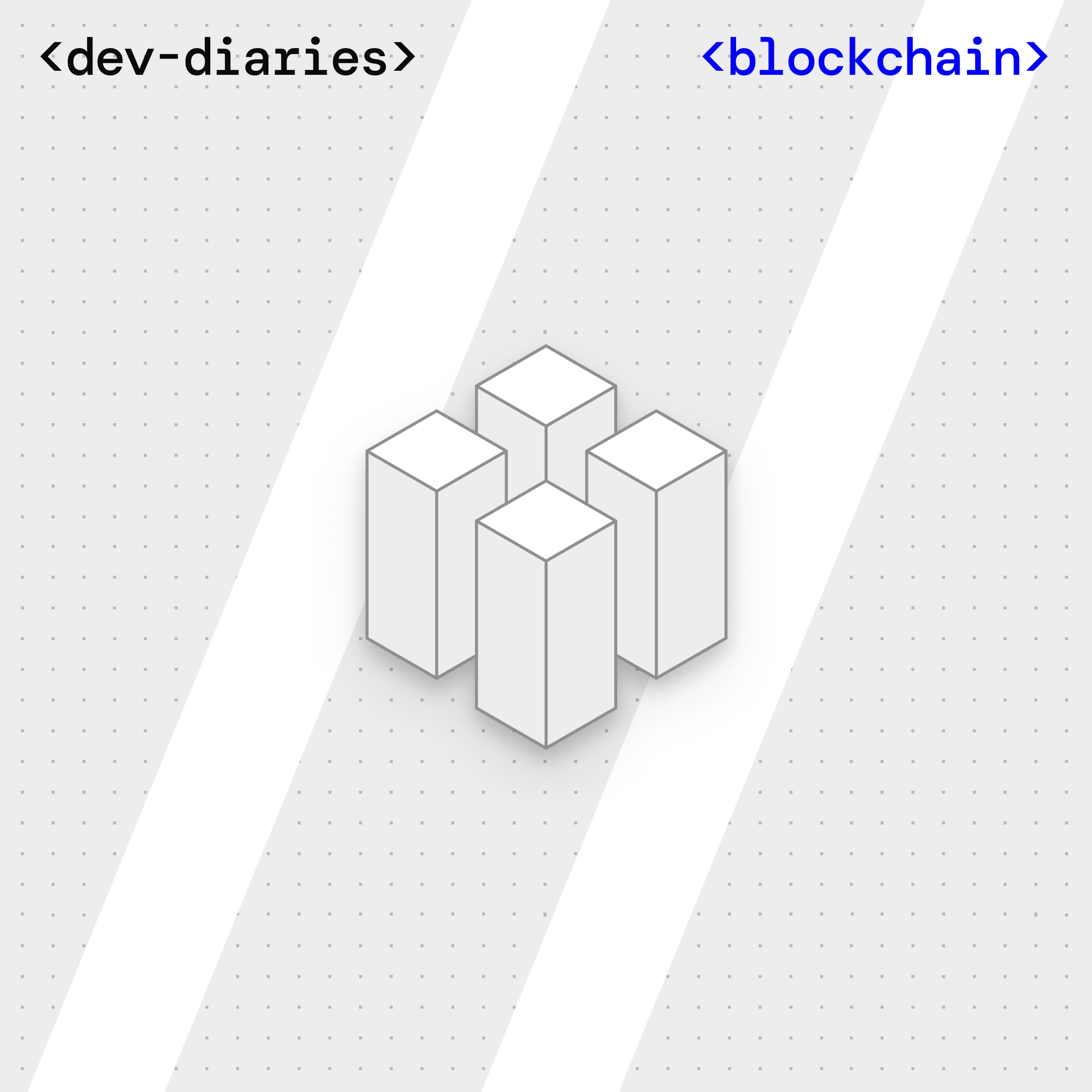
Architecture Overview DUST and Network Usage
To understand this system, it helps to use an analogy.

To understand this system, it helps to use an analogy.

Hacktoberfest is a global open-source event held every October, where developers contribute pull requests to public repositories to earn digital rewards.

The Community Hub serves as a collaborative platform for gathering and managing community-driven contributions. Whether you're proposing new content, requesting features, reporting issues, or ideation for dApps, this repo is your entry point. We use GitHub's built-in features like issues, projects, and automations to ensure ideas are triaged efficiently and turned into actionable tasks.
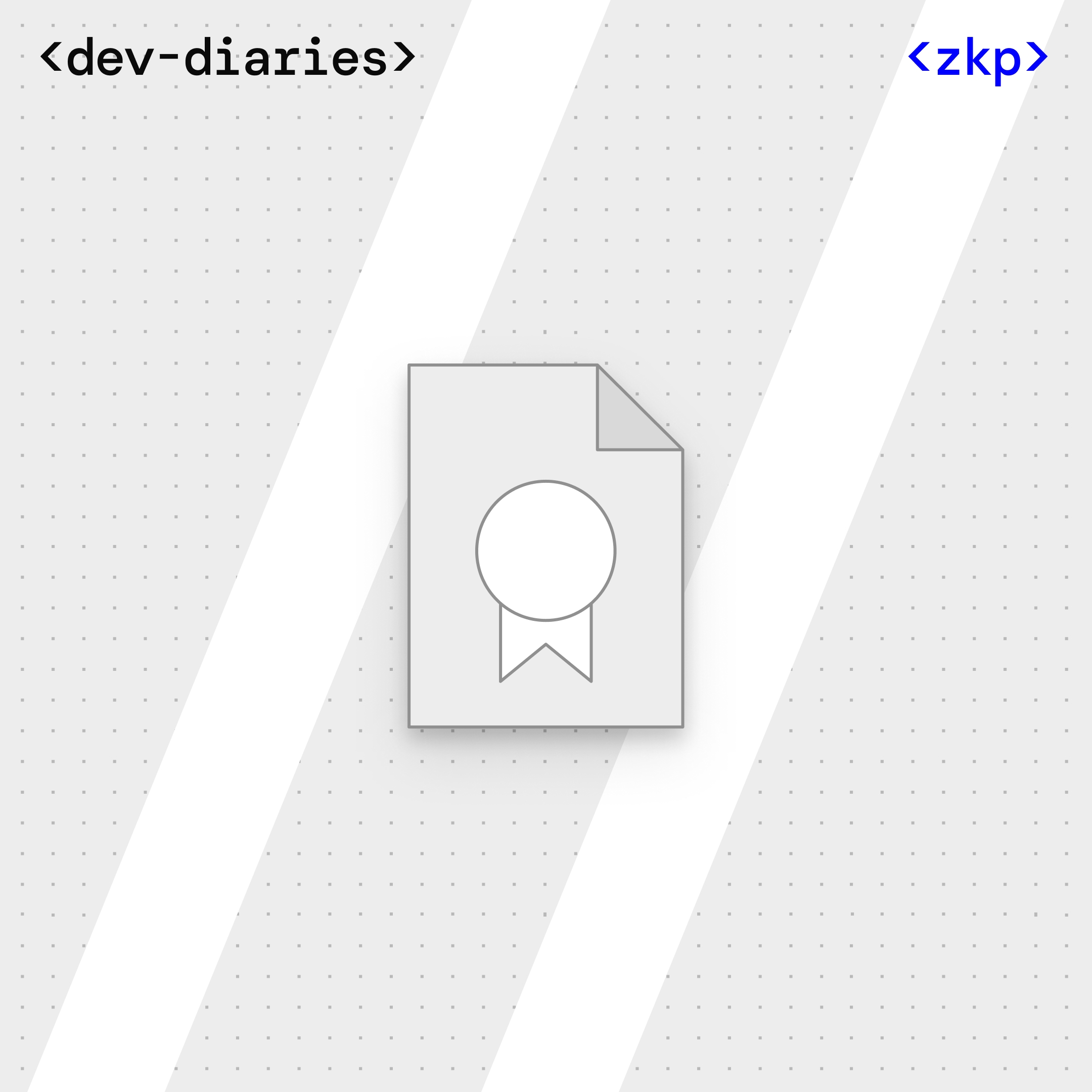
This blog post is the third part of the Compact Deep Dive series, which explores how Compact contracts work on the Midnight network.

Introduction to the FungibleToken contract on Midnight

After participating in three hackathons this year, I thought I had a good idea of what to expect. Then came the fourth. It began like the others: an idea, a challenge, a blank terminal screen. But this one took an unexpected turn, one I didn't see coming.

We are proud to announce the launch of the Compact developer tools!
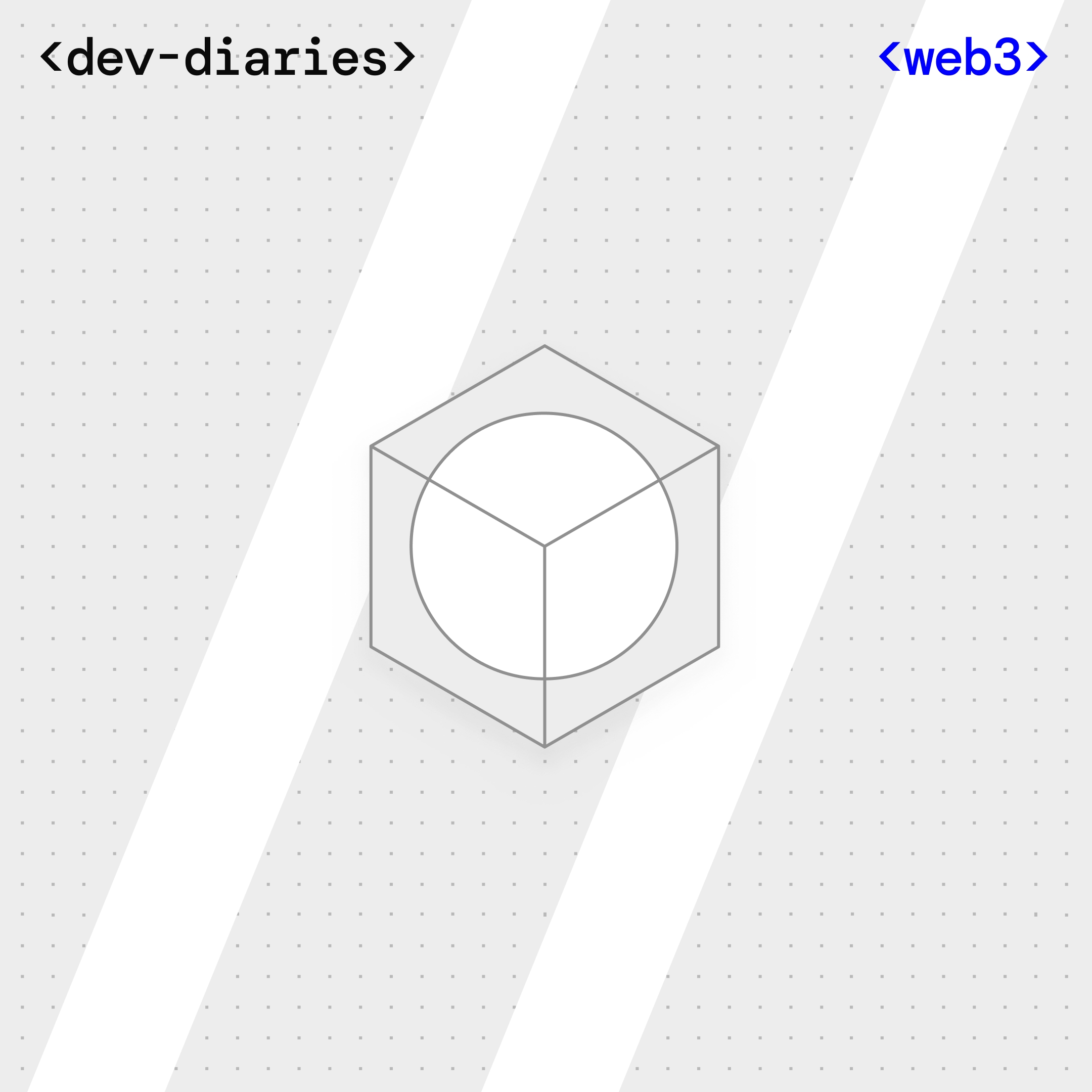
This past week, I started the SheFi course—a program designed to help women dive deeper into Web3 and decentralized finance. One of the first topics it covered was Ethereum: what it is, why it matters, and how it fits into the broader decentralized ecosystem.

Midnight's Developer Relations team is actively shaping how developers learn, build, and experiment with privacy-first apps. In this post, we take a closer look at how DevRel is lowering the barrier to entry for new builders, supporting open-source tools, and helping the community navigate the unique challenges of developing on a privacy-preserving blockchain.

Zero-knowledge proofs let you prove you know something without revealing what you know. Here's how this cryptographic breakthrough is revolutionizing privacy in Web3 applications.
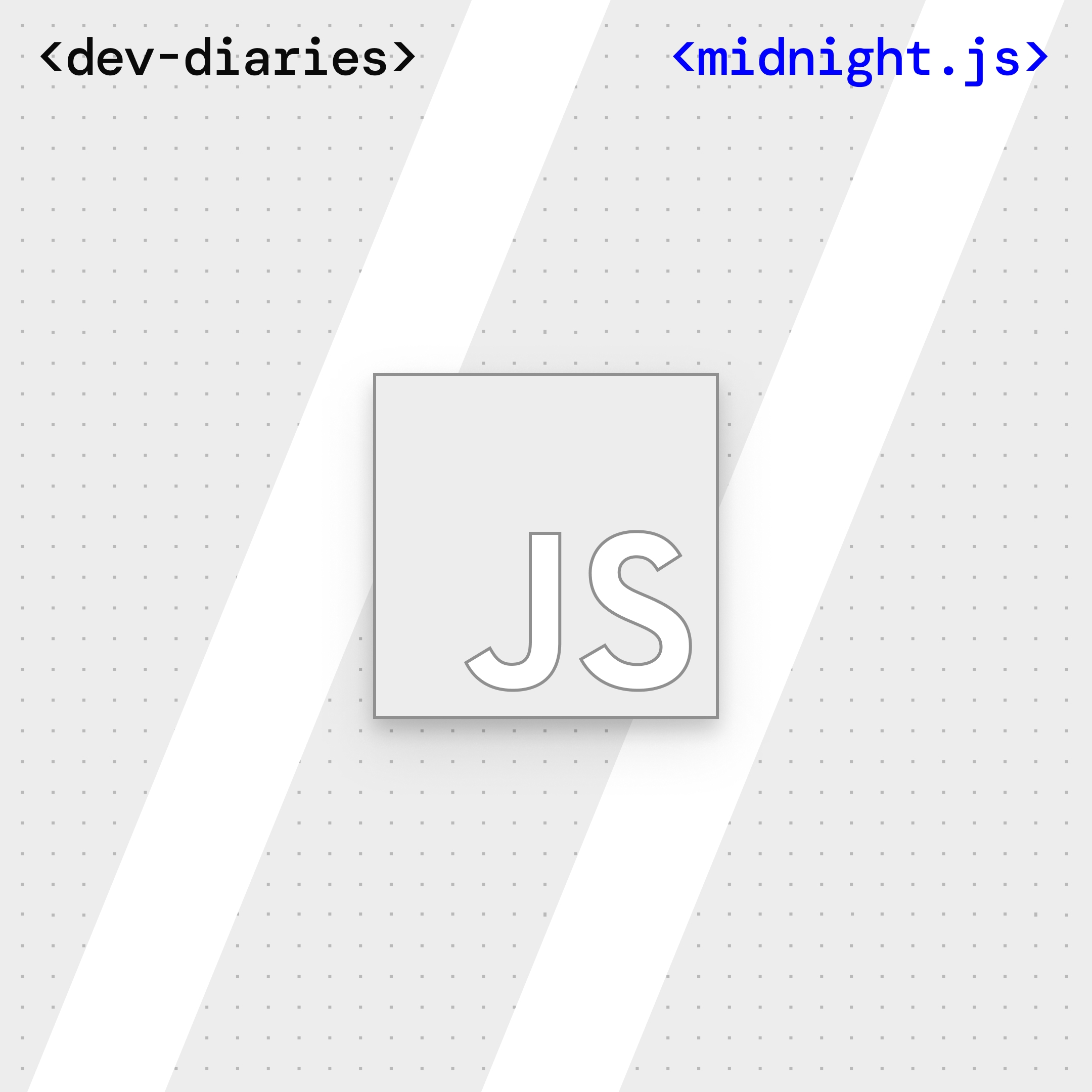
The Midnight blockchain introduces a novel approach to data privacy and compliance in decentralized applications (DApps), leveraging zero-knowledge proofs (ZKPs) and a dual-token system.

This blog post is part of the Compact Deep Dive series, which explores how Compact contracts work on the Midnight network.

As I continue my journey through the world of Web3, I’ve been digging into the building blocks that make privacy-first platforms like Midnight possible (you can catch up on previous posts in the Midnight Dev Diaries!). This week, I focused on two foundational pieces that go hand in hand: smart contracts on Midnight and the Compact language that powers them.

This post is part of the Compact Deep Dive series, which explores how Compact contracts work on the Midnight network.

As I delve deeper into the world of Web3, I've been working my way through foundational concepts to have a better understanding of the industry (check out my last five posts on the Midnight Dev Diaries!). This week, I dove into one of the most practical and privacy-focused ideas I’ve encountered so far: selective disclosure.

As I continue my Web3 learning journey, I've mostly been working through Cardano Academy and Midnight Academy and documenting my findings in the Midnight Dev Diaries. But this week, I decided to branch out and explore a broader range of beginner-friendly resources across the ecosystem. That led me to two foundational concepts that kept coming up: Merkle Trees and Decentralized Autonomous Organizations (DAOs).

Explore how blockchain platforms have evolved from Bitcoin to Midnight and why tokens are essential to powering decentralized ecosystems.
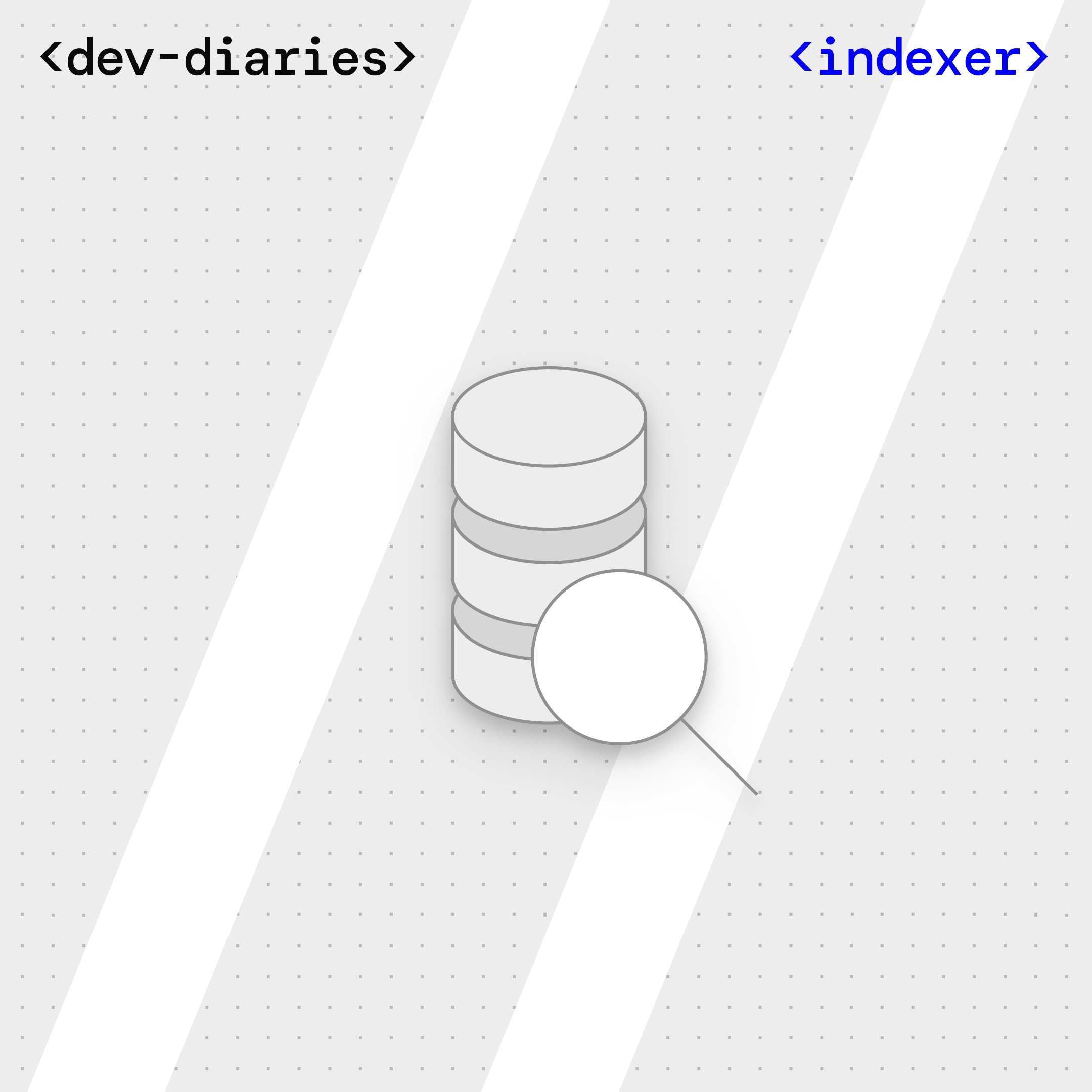
Last month, we introduced the Midnight Indexer, a modular, high-performance indexing service written in Rust. Today, we’re excited to share that the Rust-based Midnight Indexer has officially replaced the legacy Scala-based Pub-Sub Indexer.

Explore how public key encryption and Practical Byzantine Fault Tolerance form the cryptographic and consensus backbone of secure, decentralized blockchain networks like Midnight.

A major Midnight Testnet upgrade introduces version 1.5, bringing key changes that require validator re-registration, improved node setup, and enhanced tooling for partner-chain participants.

Two foundational cryptographic tools—hash functions and digital signatures—ensure data integrity, authenticity, and trust in decentralized Web3 systems like Midnight.
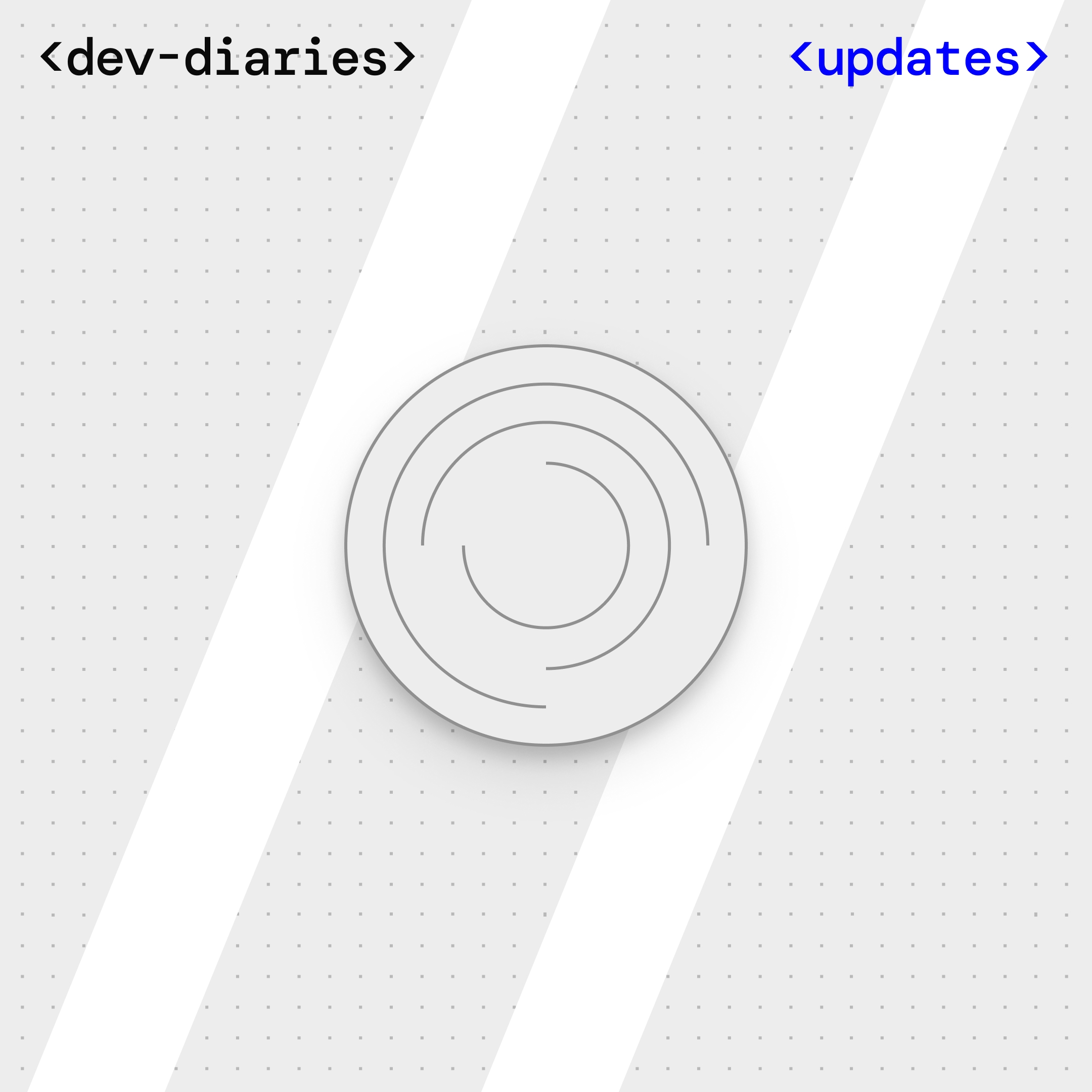
The Midnight testnet upgrade introduces BLS12-381, requiring developers to update the Lace wallet, proof server, and redeploy contracts with the latest Compact compiler.

Journey into Web3, unpack key blockchain concepts like decentralization, consensus, and how they shape platforms like Midnight.
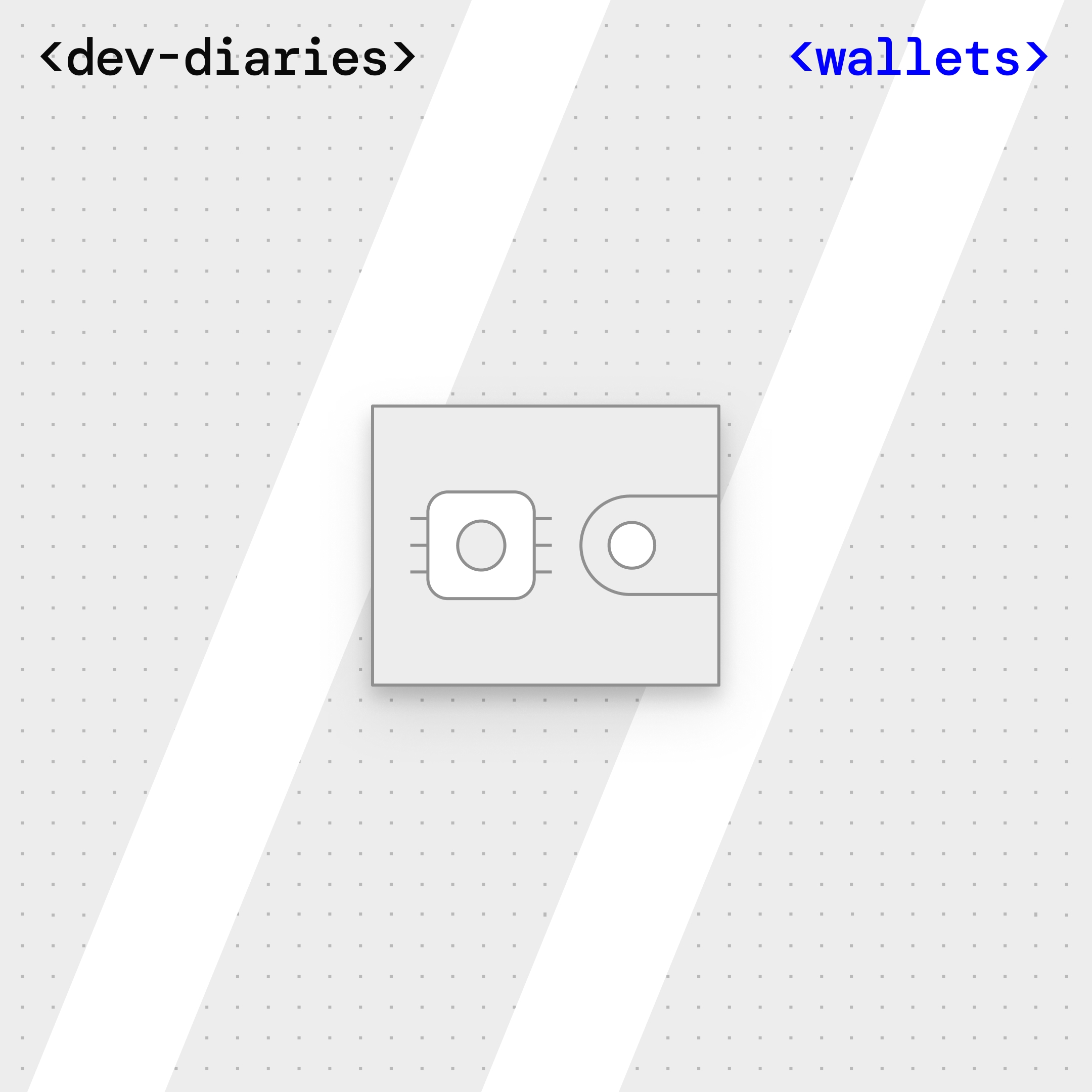
Connect your dApp to the Midnight network using the Lace wallet, with guidance on detection, authorization, and interaction using the MidnightJS API.

Compact makes on-chain logic efficient and secure—while division isn't yet supported, you can use vector subtraction or off-chain computation with witness verification.

Kachina employs non-interactive zero-knowledge proofs to allow users to prove valid state transitions without revealing private data.
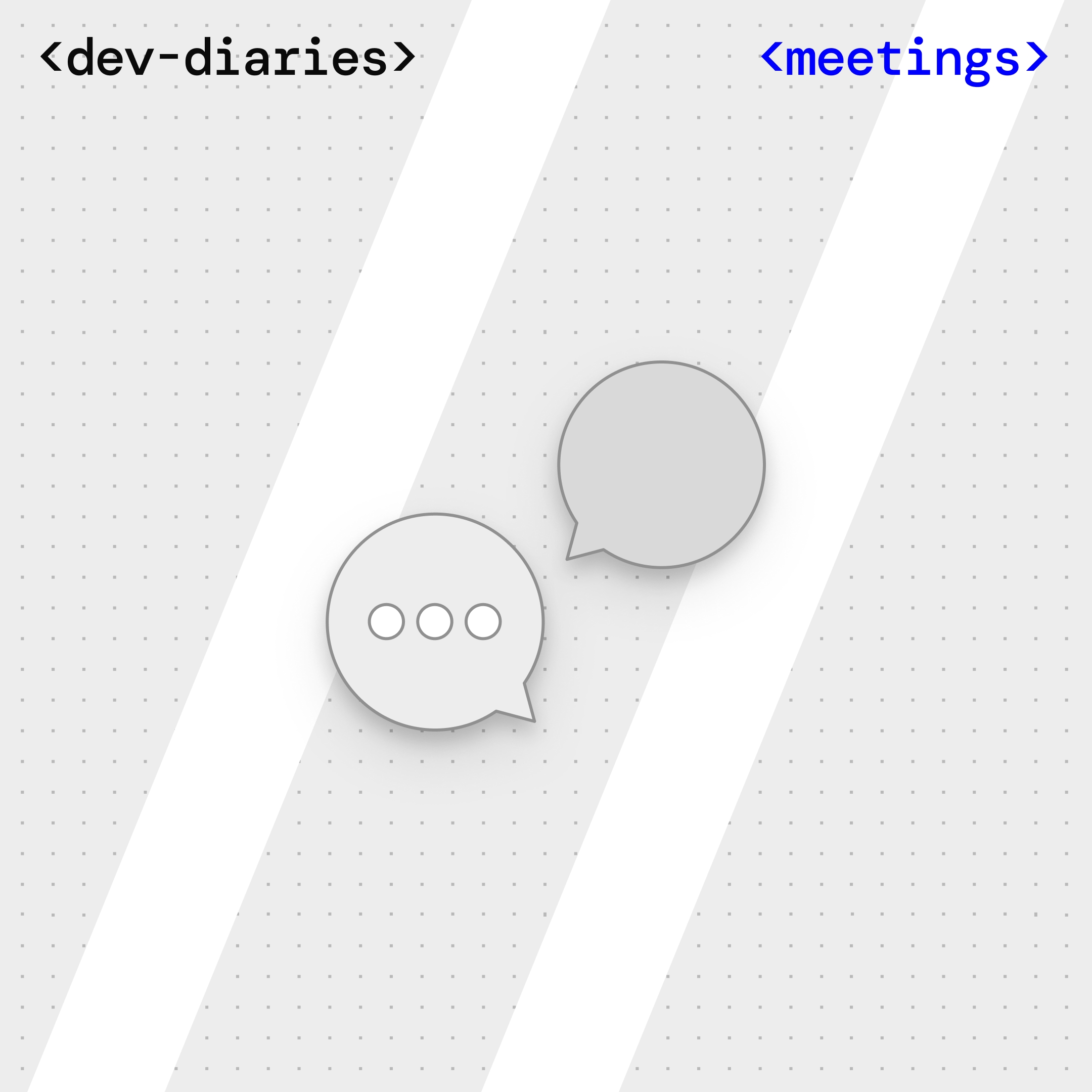
The Midnight testnet upgrade to Partner-Chains v1.5 requires SPO re-registration, adds BLS support, and is expected to roll out by May 2025.

The Midnight ecosystem is evolving—one important change is the new default address format: Bech32m, which is a human-readable address format with error detection.

We’re excited to announce the release of the new Midnight Indexer — a modular, high-performance indexer that streamlines blockchain data flow from Midnight nodes to end-user apps